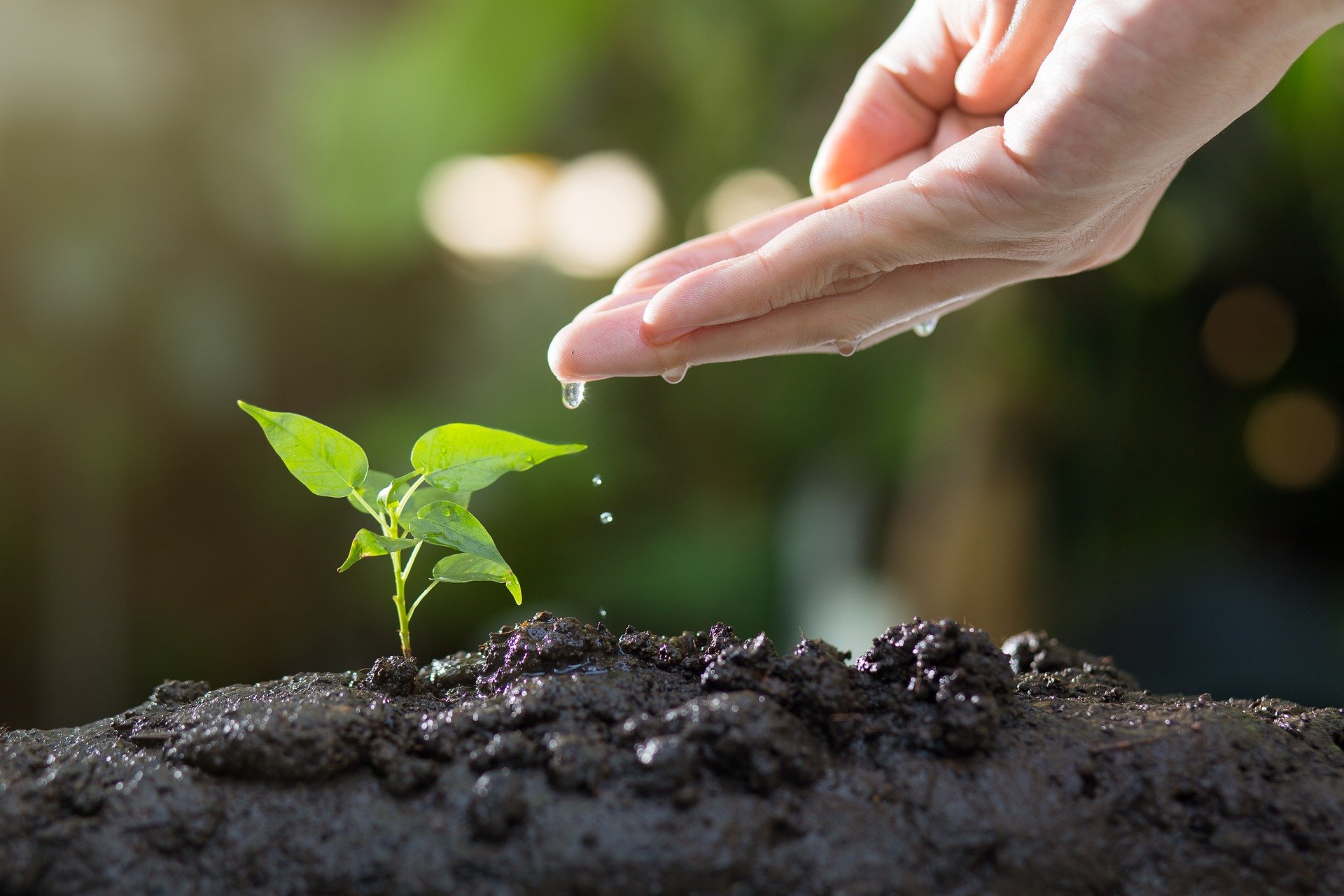Low-water landscaping techniques adaptable to varied climates
Low-water landscaping reduces outdoor water use while keeping green spaces healthy and resilient across climates. By combining strategies like xeriscaping, mulching, soilcare, and thoughtful plant selection, homeowners and renters can create attractive, low-maintenance areas that respond to local rainfall patterns and temperature shifts.

Low-water landscaping can maintain attractive yards, balconies, and indoor-green spaces while significantly reducing irrigation needs. Techniques such as xeriscaping, improved soilcare, and careful watering schedules help plants thrive with less input, and they can be adapted from arid to temperate climates. This article outlines practical methods—covering mulching, pruning, composting, containergrowing, verticalgardening, and more—to conserve water, manage pests, and support long-term garden health.
What is xeriscaping and soilcare for dry yards?
Xeriscaping focuses on matching plant choices to local conditions, minimizing turf, and improving soil to hold moisture. Good soilcare starts with assessing texture and organic matter: sandy soils benefit from composting to increase retention, while heavy clay needs amendments to improve drainage. Incorporate slow-release organic matter, avoid over-tilling, and consider soil testing to adjust pH and nutrient levels. Thoughtful soilcare reduces the frequency and volume of watering required across seasons.
How does mulching and watering save moisture?
Mulching with organic materials like wood chips or compost reduces evaporation, moderates soil temperature, and suppresses weeds that compete for water. Apply a 2–4 inch layer around shrubs and perennials, keeping mulch a few inches from stems. Pair mulching with efficient watering: deep, infrequent watering encourages roots to grow deeper, improving drought resilience. Use drip irrigation or soaker hoses to deliver water directly to root zones and schedule watering for early morning or late evening to limit losses to evaporation.
Can native plants, pruning, and pestcontrol help?
Native or regionally adapted plants are often more drought-tolerant and less reliant on supplemental irrigation. Regular pruning maintains plant health and reduces stress; remove dead wood and shape plants to encourage air circulation and reduce pest pressure. Integrated pestcontrol emphasizes monitoring, mechanical removal, and biological controls over broad-spectrum chemicals. Healthy plants with proper pruning and reduced stress are less susceptible to pests, meaning fewer interventions and less water wasted on recovering failing specimens.
How to use containergrowing, verticalgardening, and houseplants
Containergrowing and verticalgardening expand planting options for small spaces while concentrating water use where it’s most effective. Containers dry faster, so use well-draining potting mixes with added composting material and consider self-watering pots or reservoirs to extend intervals between watering. Verticalgardening saves ground space and can create shaded microclimates that reduce overall evaporation. For indoor houseplants, match species to indoorlighting and humidity; grouping plants can create shared microclimates and reduce transpiration rates per plant.
How do composting, seedstarting, and balconyfarming fit?
Composting returns organic matter to soil, improving structure and moisture retention—especially valuable in low-water landscapes. Seedstarting indoors lets you select hardy varieties and transplant only the healthiest seedlings, reducing waste and repeated sowing. Balconyfarming and small-scale urban gardens benefit from concentrated inputs: use rich potting mixes with added compost, employ drip irrigation or hand-watering targeted to root zones, and choose edible varieties bred for container performance. These practices maximize yield per liter of water used.
Which sustainablematerials, energyefficiency, and indoorlighting options work?
Choose sustainablematerials such as permeable paving, recycled composite decking, and local stone to reduce runoff and heat islands. Energyefficiency in landscape lighting—using LEDs and timers—limits heat generation and power use while improving nighttime usability. Indoorlighting choices for houseplants should balance spectral needs and energy use; full-spectrum LEDs on timers provide efficient light for seedstarting and indoor growing without excessive heat or electricity consumption. Together, these choices support a low-water, low-energy landscape strategy.
Low-water landscapes require planning and small ongoing adjustments rather than one-time fixes. Start by improving soilcare and adding mulch, then phase in drought-adapted plants, containers, or vertical systems that fit your space. Monitor watering needs and adjust based on seasonal weather and plant responses. Over time, composting, careful pruning, and integrated pestcontrol will reinforce a resilient garden that uses less water while supporting biodiversity and plant health.
Conclusion Adapting low-water landscaping techniques to varied climates is achievable with a mix of soil improvement, plant selection, mulching, efficient watering, and sustainablematerials. Whether you manage a backyard, balconyfarming setup, or indoor houseplants, these approaches reduce water use and create a more resilient, lower-maintenance landscape that responds to local conditions without relying on speculative or promotional claims.





